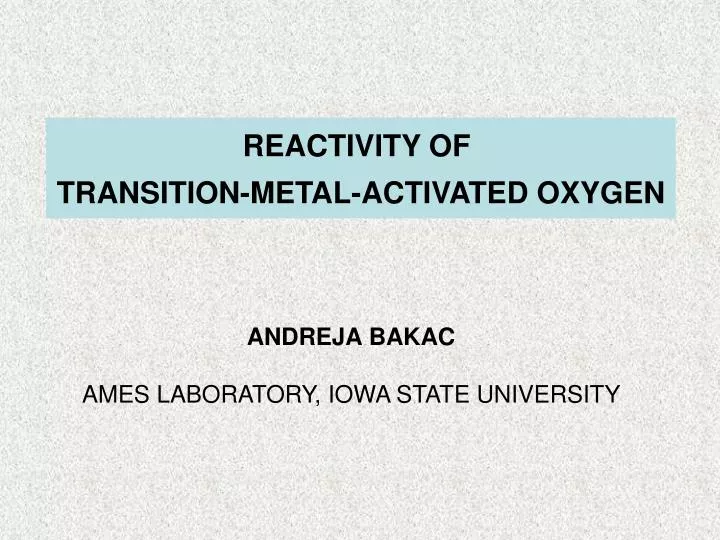

The transition metals in the d-block form a bridge between the s-block and the p-blockĪll d-block elements in a period n have at least one electron in their ( n-1) d subshell. The s-block and p-block elements are sometimes collectively referred to as the main block elements. The transition metals form a bridge between the s-block elements on the left-hand side of the table, in which the valence electrons are exclusively found in s orbitals, and the p-block elements on the right-hand side of the periodic table (in which the valence electrons reside in p orbitals).

malleable (can be bent or hammered into shape).good conductors of heat and electricity.The transition metals typically have the following properties: The electronic configuration of iron ( Fe) could thus be written using the noble gas configuration as follows: The noble gas referred to will be the one in the period immediately preceding the one in which the d-block element resides. The electronic configuration of any d-block element can thus be written using the so-called noble gas configuration, and will take the following form: As we move from left to right within this group, electrons are added to the d subshell of electron shell n-1 until it is complete.Įach d-block element will have from one to ten electrons in the d orbitals of electron shell n-1, and either one or two electrons in the single s orbital of its outer electron shell (except palladium - the only d-block element not to have a 5 s subshell at all).

The d-block elements belong to periods four through seven of the periodic table, and the quantum number n of the outermost electron shell of each d-block element will (by definition) be equal to the number of the period in which the transition metal resides.
#Transition metals reactivity series#
The term transition element was first coined by the English chemist Charles Bury (1890-1968), who used it to refer to what he called a transition series of elements in which an inner electron shell (for example the 3 n electron shell in the elements of row four in the periodic table) was in the process of transitioning between a stable configuration of eight electrons and one of eighteen electrons, or between a stable configuration of eighteen electrons and one of thirty-two electrons. Another definition simply requires the element to be one of the d-block elements, while a third definition adds the f-block elements. One definition states that a transition metal is an element which has a partially filled d subshell, or that can be ionised to form positive ions (cations) with a partially filled d subshell. The definition of a transition metal can vary quite a bit, depending on who is doing the defining. These two groups form what are often referred to as the f-block elements, and are considered by some scientists to be transition metals in their own right (they are sometimes called the inner transition metals). To complicate things further, as you can see from the simplified view of the periodic table above, there are two related groups of elements - the lanthanides and the actinides - that are usually shown separately from the rest of the periodic table. Thus, by including a correction factor of 28 kJ/mol for the computed CO 2 gas phase energy, we suggest using rPBE-vdW functional to investigate CO 2 conversion reactions on different metals.The transition metals occupy groups three through twelve in the periodic table Additionally, both functionals predict similar carbon–oxygen activation barrier (40 kJ/mol) and equivalent C1s shifts for probe species (−2.6 eV for CCH 3 and +1.5 eV CO 3 −), with respect to adsorbed CO 2. The error in computed adsorption energy is directly proportional to the number of C=O double bonds present in the gas phase molecule. Three alternate reaction systems based on a different number of C=O double bonds present in the gas phase molecule are considered to replace CO 2. The difference in computed adsorption energies by different functionals is attributed to the calculation of gas phase CO 2. OptPBE-vdW functional correctly predicts CO 2 binding energy on Ni (−62 kJ/mol), whereas CO binding energy is correctly predicted by the rPBE-vdW functional (−138 kJ/mol). CO being a possible intermediate in CO 2 conversion reactions, binding energies of both, CO 2 and CO, are calculated on the Ni surface and are compared with experimental data. In this work, with Ni (110) as a model catalyst surface and CO 2 as an adsorbate, a performance study of Density Functional Theory methods (functionals) is performed.


 0 kommentar(er)
0 kommentar(er)
